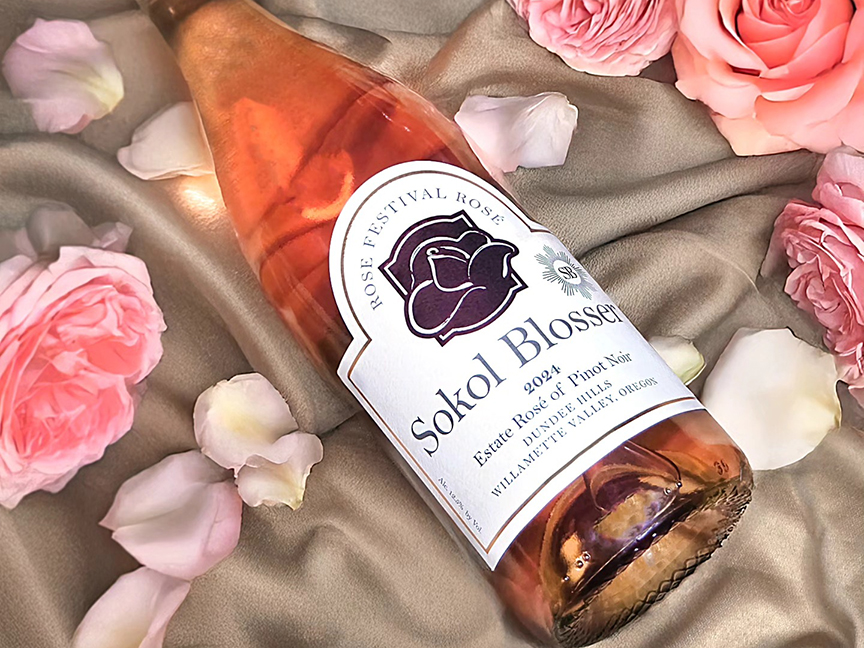
Taste newly arrived rosé this week!
Wine Wednesday
April 30, 5-7pm
Please join us for a complimentary tasting of these four lovely rosé wines:
1. Alta Vista Brut Rosé NV, Mendoza, Argentina $15.98
2. The Seeker Rosé 2024, France $13.98
3. Alphonse Mellot (Domaine de la Moussière) Sancerre Rosé 2022 $33.98
4. Sokol Blosser Rosé of Pinot Noir 2024, Dundee Hills, Willamette Valley $24.99
As spring blossoms here in Boulder, we’re excited to announce our upcoming rosé wine tasting! Join us Wednesday, April 30, 5-7pm, as we explore a beautiful sampling of rosé wines. To prepare your palates, we’ve put together this guide to everything rosé:
The Ancient Origins of Rosé
While many think of rosé as a modern trend, it’s actually one of the oldest wine styles in the world. The first wines made in ancient Greece were likely closer to today’s rosés than to deep reds or crisp whites. These early wines were pale red in color due to brief skin contact during fermentation, as the techniques for extended maceration hadn’t yet been perfected.
How Rosé is Made
There are a few methods for crafting these pink delights:
Direct Press
In this method, red grapes are immediately pressed and the juice is quickly separated from the skins. The limited extraction imparts just enough color for a pale pink hue. These rosés tend to be especially light and delicate.
Limited Skin Contact
The most common method involves crushing red grapes and allowing the juice to remain in contact with the skins for a brief period—anywhere from a few hours to a few days. A longer maceration period results in a deeper color and more intense flavors. When the winemaker’s desired concentration of flavor and color is reached, the juice is then pressed off the skins and fermentation continues. This method produces rosés with beautiful complexity and balance.
Saignée
This method involves “bleeding off” a portion of juice from tanks of red wine early in the fermentation process. Originally used to concentrate red wines, the removed juice can then be fermented separately as rosé. These wines often have deeper color and more structure than other rosés.
Blending
Combining white and red varietals or adding a small percentage of red wine to white wine is most often employed in rosé sparkling wines, including Champagne. This is not the primary method for producing still rosés.
The Versatility of Rosé
One of rosé’s most exciting aspects is its adaptability to any red grape variety and any growing region. Rosé wine can range from light, dry, crisp, and delicate to bold and fruitful or structured.
Perfect Pairings: Rosé at the Table
Rosé’s refreshing acidity, moderate alcohol, and fruit-forward profile make it one of the most food-friendly wine styles. Here are our favorite pairings:
Mediterranean Cuisine: Rosé’s spiritual homeland pairs naturally with the region’s cuisine. Try a classic Provençal rosé with grilled fish with herbs de Provence.
Charcuterie & Cheese: The acidity in rosé cuts through the richness of cured meats and soft cheeses.
Pizza: The light touch of tomato sauce and saltiness of your favorite pizza is just right with rosé, no matter which toppings you choose.
Grilled Seafood: Pink wines shine with grilled shrimp, salmon, and scallops. The wine’s acidity acts like a squeeze of lemon while complementing the smoky char.